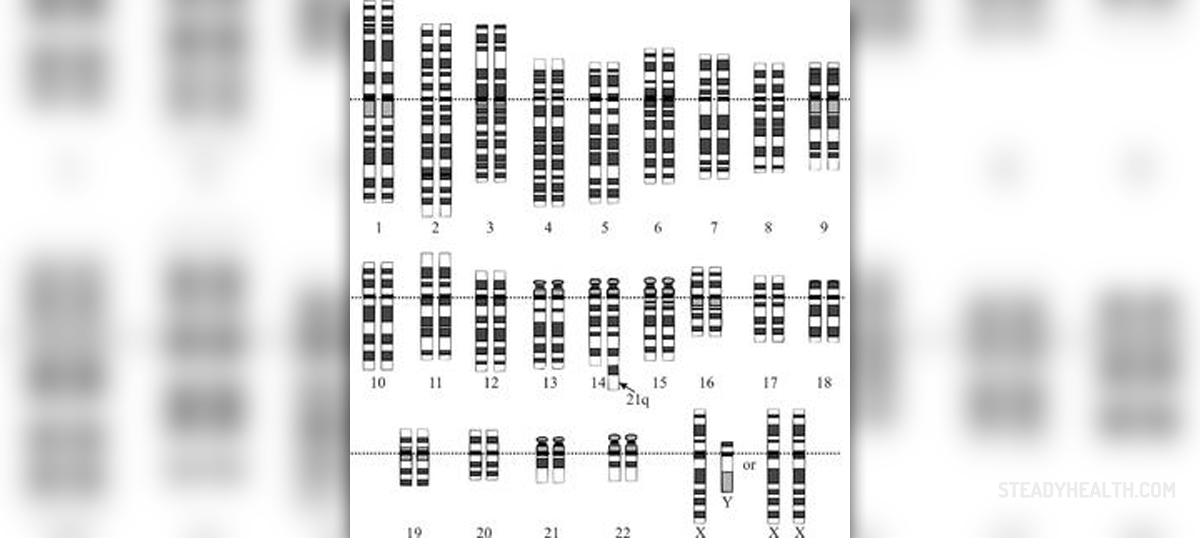
Down syndrome is a condition also known under the name trisomy 21. Actually, trisomy 21 is just one of the sub-types of this condition, but most frequently diagnosed one, and the one that best describes genetic abnormalities associated with down disease. It is estimated that Down syndrome affects one person per every 7500 births, and the condition is more frequent among children born by older parents.
People with Down syndrome are usually affected by both mental and physical disability. Their average lifespan is lower than in the rest of the population. According to a study conducted in 2002, the average lifespan for patients with Down syndrome is 49 years. However, in recent years, the overall prognosis for these patients is much better, and their lifespan has increased dramatically.
Causes of Down syndrome
Normally, a baby inherits genetic material from both patients to form a set of 46 chromosomes. 23 of these chromosomes are obtained from mother and 23 from father. This actually means that each healthy living being has 23 pairs of chromosomes. However, in certain cases, a child can get an extra chromosome 21, and have three instead of two chromosomes 21. This is why the disease is also known as trisomy 21 – a genetic abnormality in which there are three copies, instead of the normal two, of a particular chromosome. This extra genetic material is what causes intellectual and developmental delay, as well as the set of characteristic physical features associated with this disease.The incidence of this condition is more common with older parents, due to increased mutagenic exposures upon their reproductive cells.
Risk factors for Down syndrome
Down syndrome is a chromosomal abnormality and therefore it is associated with errors in the number or structure of chromosomes. Sometimes, these abnormalities result in miscarriage or stillbirth, while other times they cause lifelong impairment. Scientists are not completely sure about what exactly causes chromosomal errors, but the risk of Down syndrome, and other associated diseases, is generally much higher with any increase in the paternal age. Maternal age is also a very important factor. To illustrate the importance of it, let us note that at maternal age 20 to 24, the chances of delivering a child with Down syndrome is one in 1562. At the age 35 to 39, the chances dramatically rise and equal one per 214 births. Above the age of 45, one per every 19 births will deliver a child suffering from Down syndrome.

















Your thoughts on this
Loading...